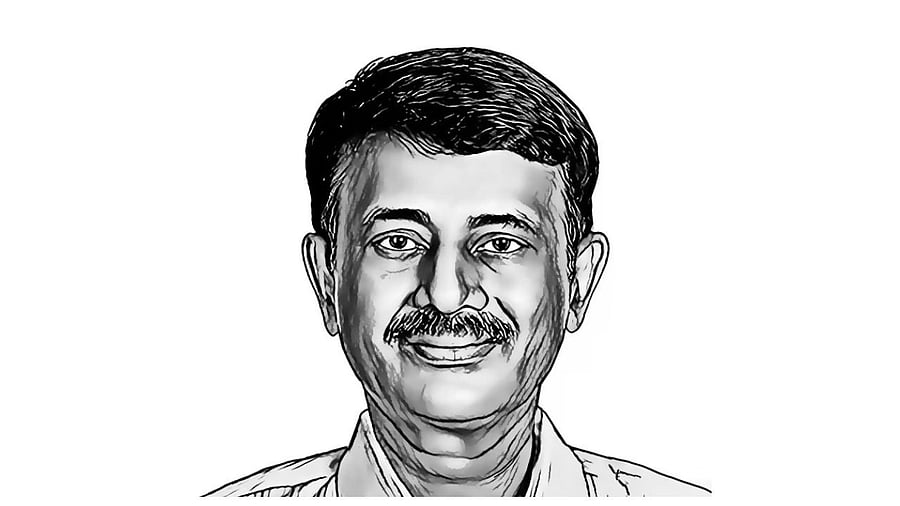
Rajeev Srinivasan is an alumnus of IIT Madras and Stanford. He has taught innovation at IIMs and had stints in Bell Labs and Silicon Valley. He focuses on technology, strategy and foreign affairs
Recent events have made it increasingly clear that India is utterly alone. I call this the Abhimanyu Syndrome, in honour of the teenage Abhimanyu, who only knew how to enter the impregnable Chakravyuha, and who was then murdered, alone, against all Dharmic principles, by several powerful Maharathis.
India’s possible rise as an economic and military power is being resisted tooth and nail by the incumbent major powers. This is natural: all ‘insurgent’ powers face this problem. India’s rise will need some paradigm shifts, which may or may not happen.
China’s rise was helped by two things: an industrial policy and inadvertent help by the US’s managers and Wall Street, who were seduced by the short-term appeal of the lower-cost ‘China price’. The ruthless industrial policy is a result of China’s civil services being full of engineers who understand the near term. In the long run, it may or may not succeed because of second-order effects such as population implosion, environmental ruin, and skewed investment decisions. The US is now facing decline (and the EU has already begun a steep decline) for a variety of reasons, including natural cycles and the loss of comparative advantage in weaponry.
In this context, I wish I knew what paradigm shift, if any, will propel India to a G3 slot, but the general global churn, new technologies etc. might create an opportunity. In the meantime, India has to struggle alone, against a mass of hostile powers.
I read an article in a Sri Lankan newspaper that painted India as a tyrant, but China as a benevolent friend dispensing largesse. Yes, the same China that has grabbed Hambantota! And it called for a new SAARC, one minus India. This is the kind of propaganda that China and Pakistan are rolling out in the Indian subcontinent.
China has every reason to want to kneecap India, the only Asian power that can (and hopefully will) challenge its hegemonistic pretensions. Even the US doesn’t: Obama anointed China as the guardian/manager, if not owner, of ‘South Asia’. Spheres of influence, you see.
The US, in general, has been a disappointment. Many Indians expected, after Biden’s antics with Yunus in Bangladesh, that Trump would be more in tune with Indian interests, partly because the US and India both need to keep China in check, and Trump wants to move more manufacturing out of China.
But that has not happened. Instead, India has been in Trump’s gunsights over trade (although India’s surplus is small, and agricultural items that the US wants to sell are a serious no-no for India). Their embrace of Pakistan during and after Operation Sindoor has been inexplicable unless Trump has adopted pure Deep State policy.
India cannot be a Chinese vassal (although it is in BRICS), and it doesn’t want to be an American vassal, though it is in the Quad (its ties with Russia and strategic autonomy are too important). Thus, India is squeezed; for instance, the recent threat from NATO to impose Russia-related sanctions was sinister.
This could be both good and bad. Let’s face it, nobody likes a rising power (see Thucydides Trap). While the Sri Lankan paper glorifies China, let us remember that China has territorial disputes with literally every one of its neighbours, and most of ASEAN is deathly scared of them. That comes from hard power. If SAARC or G20 or somebody is worried about India, that is a good sign that home-grown military power is noticeable.
Everyone complains that India is not loyal to them. BRICS boosters grumble that India is a Western ‘mole’ that is preventing them from toppling the dollar and making the US irrelevant. Conversely, the Anglosphere complains that India is not sufficiently committed to them, as in not toeing their Ukraine line. This is as it should be: multi-alignment means India is not beholden to anybody, but will pursue its selfish interests first and foremost.
This is qualitatively different from the late lamented ‘non-alignment’ of the Nehruvian days, which meant everybody had a problem with India’s moral posturing. Multi-alignment means India will engage with everybody on its terms. With the US, for technology and trade. With Russia, for weapons and oil. Even with China, despite China being India’s staunchest enemy, for electronic components. And even with perfidious Britain, as in the just-concluded FTA, which I consider pointless.
Thus, the splendid isolation is a back-handed compliment: the rest of the world is anticipating the rise of India as a superpower, and superpowers have no friends, only interests. And remember, Abhimanyu died, yes, but his side won overwhelmingly.